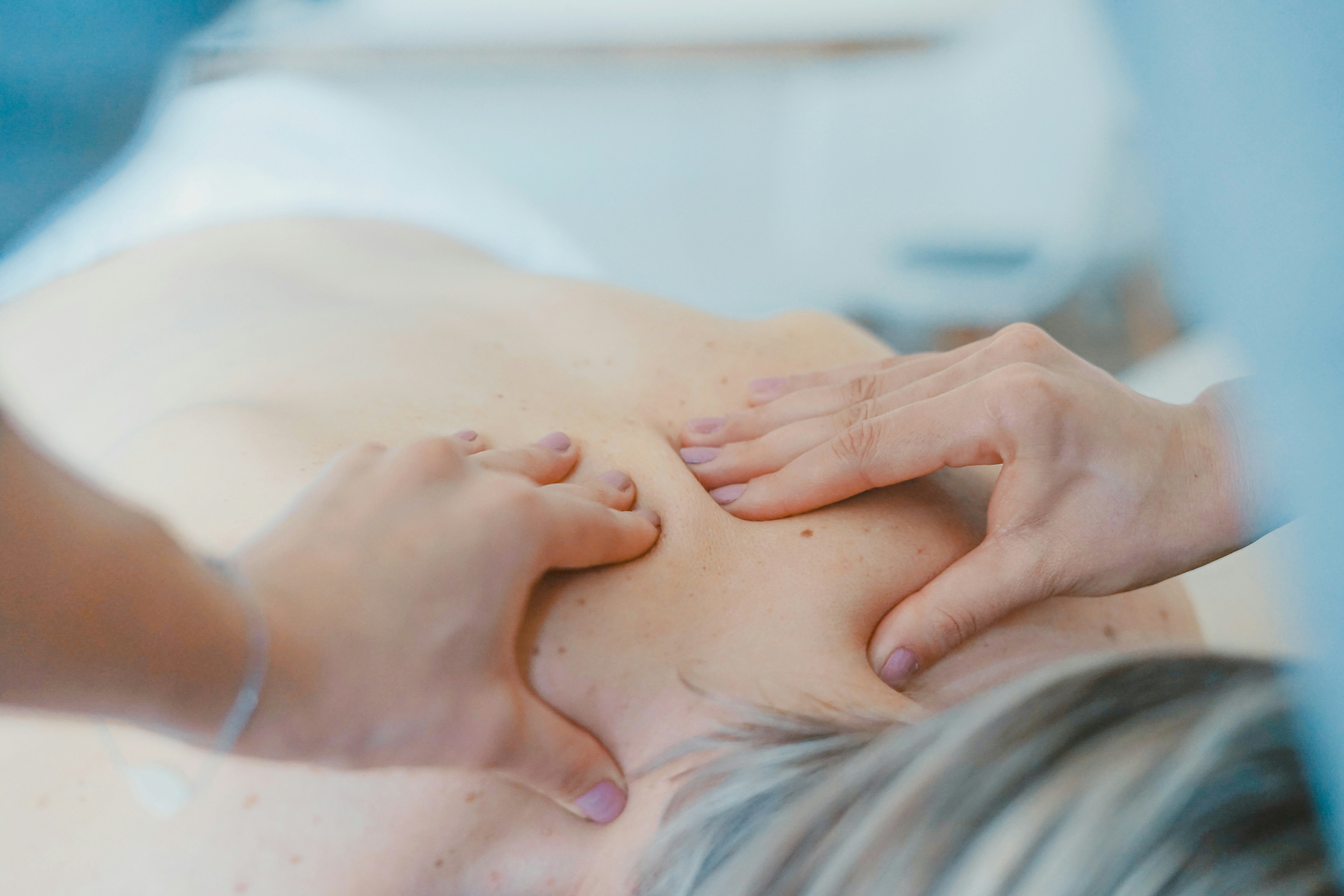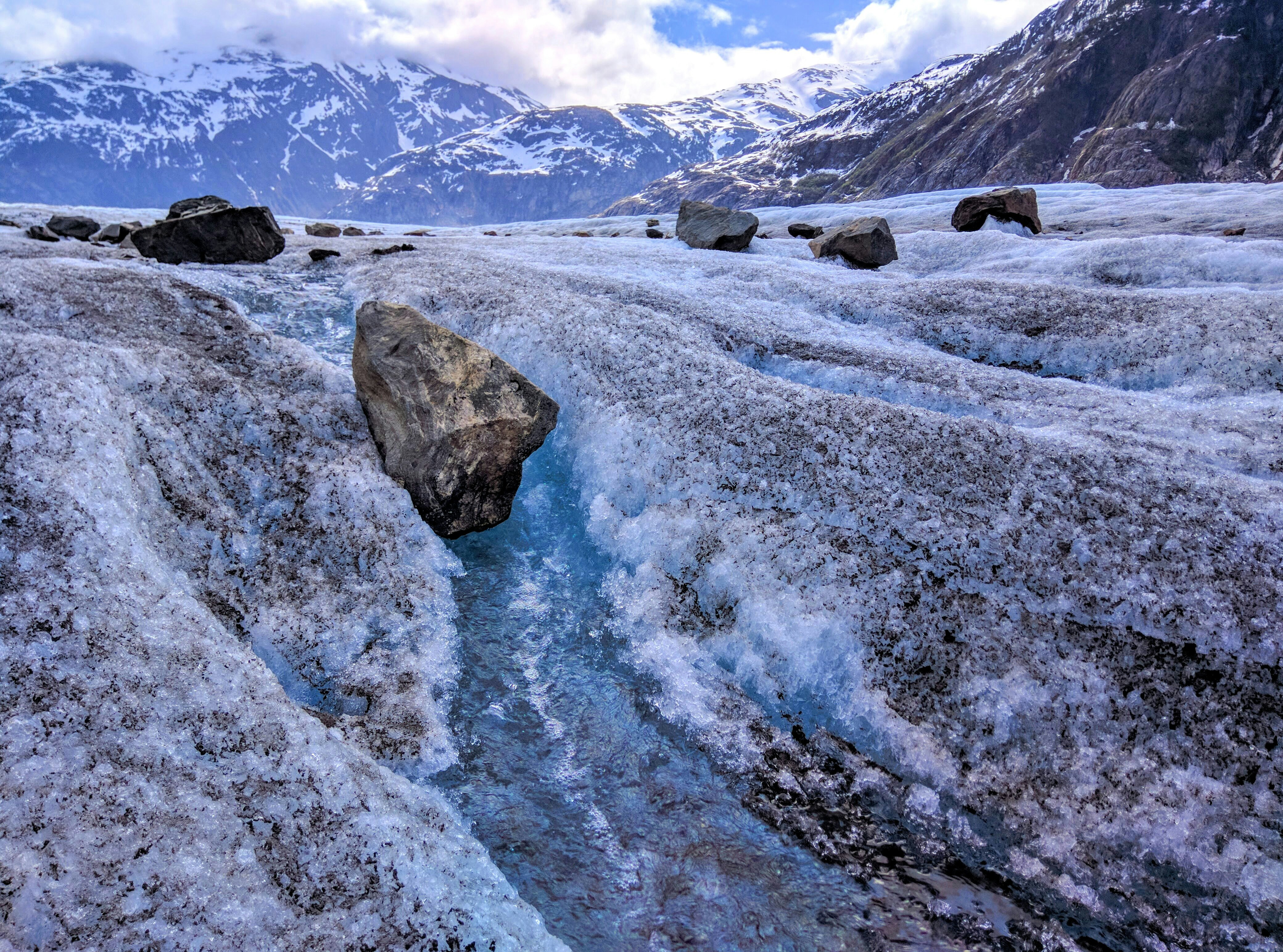Do you remember the first time something caught you off guard in such a profound way that it changed how you viewed the world? For many, that transformative experience can be found through cold plunging—a practice as startling as it is invigorating. Focused, controlled exposure to cold water is more than a physical challenge; it’s a gateway to personal growth and empowerment.
What is Cold Plunging?
Definition and Origins
Cold plunging, often known as cold water immersion, involves immersing your body in cold water, typically below 15°C (59°F), for a short period. The practice isn’t new; it has roots in ancient traditions from different cultures around the world. From Nordic traditions of sauna followed by a cold dip to the Japanese practice of Misogi, the concept of using cold to cleanse and rejuvenate is deeply historical and widely embraced.
Benefits Beyond the Physical
While initially shocking to the senses, cold plunging offers benefits that extend far beyond physiological changes. Yes, there are the well-documented boosts to circulation, the enhanced recovery for muscles, and the improved resilience against stress. Yet, what’s perhaps even more compelling is how this simple practice can foster a deeper, more profound personal growth. It challenges your mind to push boundaries and alter preconceived limits—a habit that inevitably seeps into other areas of life.
The Science Behind Cold Plunging
Physical Responses to Cold Exposure
Upon plunging into cold water, your body undergoes a series of immediate reactions. Your heart rate increases, and your blood vessels constrict, leading to heightened circulation. Over time, consistent practice can even enhance your immune system, thanks to an increase in antioxidant levels and improved metabolic rates.
Psychological Benefits
The psychological impacts are just as significant. Regular cold plunging can decrease feelings of anxiety and depression. The mental discipline required to convince yourself to take that plunge regularly also enhances willpower and mental resilience. Overcoming the inherent discomfort of cold water can elevate your mood, enhance your focus, and sharpen your mental clarity.
Preparing for Your First Cold Plunge
Mental and Physical Preparation
The mental preparation may be just as crucial as the physical. Start by visualizing the plunge and setting a clear intention for why you are doing it. Whether for personal growth, stress relief, or physical recovery, having a strong purpose will guide you through the discomfort.
Before you begin, consider easing into the practice with cold showers. Start with a warm shower, gradually turning it to cold as you become more accustomed. This practice not only familiarizes your body with cold exposure but also helps prepare your mind for the eventual leap into a full cold plunge.
Safety First
Safety cannot be overstressed. Never cold plunge alone—always have someone nearby who is aware and vigilant. Start with short durations and gradually increase as your body adjusts. Listen to your body’s signals and exit the plunge if you experience excessive discomfort or pain.
The Art of the Cold Plunge
Step-by-Step Process
-
Choose Your Spot: Whether it’s a specialized cold plunge pool, a natural body of water, or even an adequately prepared bathtub, ensure the water is clean and safe.
-
Get Comfortable with the Environment: Before entering, take a moment to familiarize yourself with the surroundings. Relax your body and mind—deep breaths can help center you.
-
Take the Plunge: Lower yourself into the water gently, allowing your body to acclimate to the change in temperature. Focus on your breathing; steady, deep breaths can mitigate the shock to your system.
-
Set a Time Limit: Begin with 1-2 minutes. As you grow more accustomed to cold plunging, you can gradually extend this.
-
Post-Plunge Rituals: After exiting the cold waters, warm yourself with a towel, and engage in gentle movements to stimulate circulation. Reflect on the experience, acknowledging your resilience and embracing the empowerment that comes from overcoming the challenge.
Journaling Your Experience
Consider maintaining a journal of your cold plunging journey. Documenting your thoughts, feelings, and growth can provide insights into your personal development journey. Reflecting on your progression not only encourages consistency but also highlights how far you’ve come.
Cold Plunging as a Tool for Personal Growth
Embracing Discomfort
Cold plunging introduces you to one of life’s critical skills: embracing discomfort. Each plunge teaches you to remain calm, resilient, and focused in the face of adversity. This skill naturally cascades into other areas of life—whether tackling a challenging work project or navigating personal relationships, you become more adept at managing stress and uncertainty.
Enhancing Mindfulness and Presence
Immersing yourself in cold water demands complete presence. For those few minutes, your entire being is consumed by the cold, pushing aside distractions and bringing a pure state of mindfulness. This acute awareness and focus are invaluable skills that support personal growth across different aspects of life.
Building Resilience through Routine
Consistency in cold plunging builds resilience. As you continually return to the cold, you reinforce the narrative that you are strong, capable, and willing to face challenges. This resilience doesn’t vanish when you step out of the water; instead, it strengthens your overall approach to life’s challenges, empowering personal and emotional growth.
Shared Experiences and Connection
Cold plunging can also be a communal activity, fostering connections with others who share the pursuit of empowerment and growth. Sharing experiences with others can enrich your journey, providing support, camaraderie, and shared motivation. Whether joining a local group or participating in online communities, mutual encouragement creates a sense of belonging and shared purpose.
Incorporating Cold Plunging into Daily Life
Creating a Routine
To leverage the full benefits of cold plunging, consider integrating it into a broader daily or weekly routine. Combine it with other wellness practices such as meditation, journaling, or yoga, crafting a holistic approach to physical and mental well-being.
| Day | Activity | Duration |
|---|---|---|
| Monday | Cold Plunge | 3 minutes |
| Wednesday | Yoga & Cold Plunge | 20 + 3 mins |
| Friday | Meditation | 10 minutes |
| Sunday | Group Cold Plunge | 5 minutes |
Adapting the Routine for Seasons
Different seasons present unique challenges and opportunities for cold plunging. Winter naturally offers a colder environment, which can enhance the effects if handled with caution. Conversely, spring and summer might require creative solutions to maintain the same level of intensity, such as the use of ice baths or temperature-controlled indoor setups.
Overcoming Barriers to Cold Plunging
Common Misconceptions
Cold plunging might initially seem extreme or too daunting to some. There is often a fear of the cold itself or concerns about health risks. However, with proper guidance and gradual exposure, these concerns can be effectively managed.
Managing Fear and Anxiety
It’s normal to feel fear or anxiety before a plunge. Recognizing these feelings and breathing through them is a part of the process. Overcoming these barriers bolsters your confidence, reinforcing your ability to manage stress and anxiety in other areas of life.
Ensuring Sustainability
Sustainability is key to maintaining cold plunging as a tool for growth. Adapt the practice to fit your lifestyle, and don’t be afraid to experiment with different techniques or schedules. Flexibility ensures it remains a positive, empowering part of your routine rather than a chore.
The Future of Cold Plunging in Personal Growth
Emerging Trends
Interest in cold plunging is growing, with emerging trends focusing on its potential beyond personal wellness. Some are exploring its applications in professional settings for stress management and team-building exercises, while others are interested in its ecological implications in climate resilience.
Integrating Technology
Technology is beginning to play a role in enhancing the experience. Wearable tech can gauge physiological responses, offering insights into personal progress. Virtual communities and apps are enhancing accessibility, allowing a broader audience to engage with and benefit from cold plunging practices.

Conclusion
Cold plunging is a deceptively simple practice that offers profound implications for personal growth and empowerment. By challenging yourself through cold exposure, you nurture resilience, embrace mindfulness, and foster personal development. The lessons learned from braving the cold can illuminate everyday life, leading to an empowered, more resilient you. If you embrace its principles, cold plunging has the potential to transform and enrich not just your mornings, but your entire approach to life’s challenges, offering depth beyond the initial shock of those icy waters.




